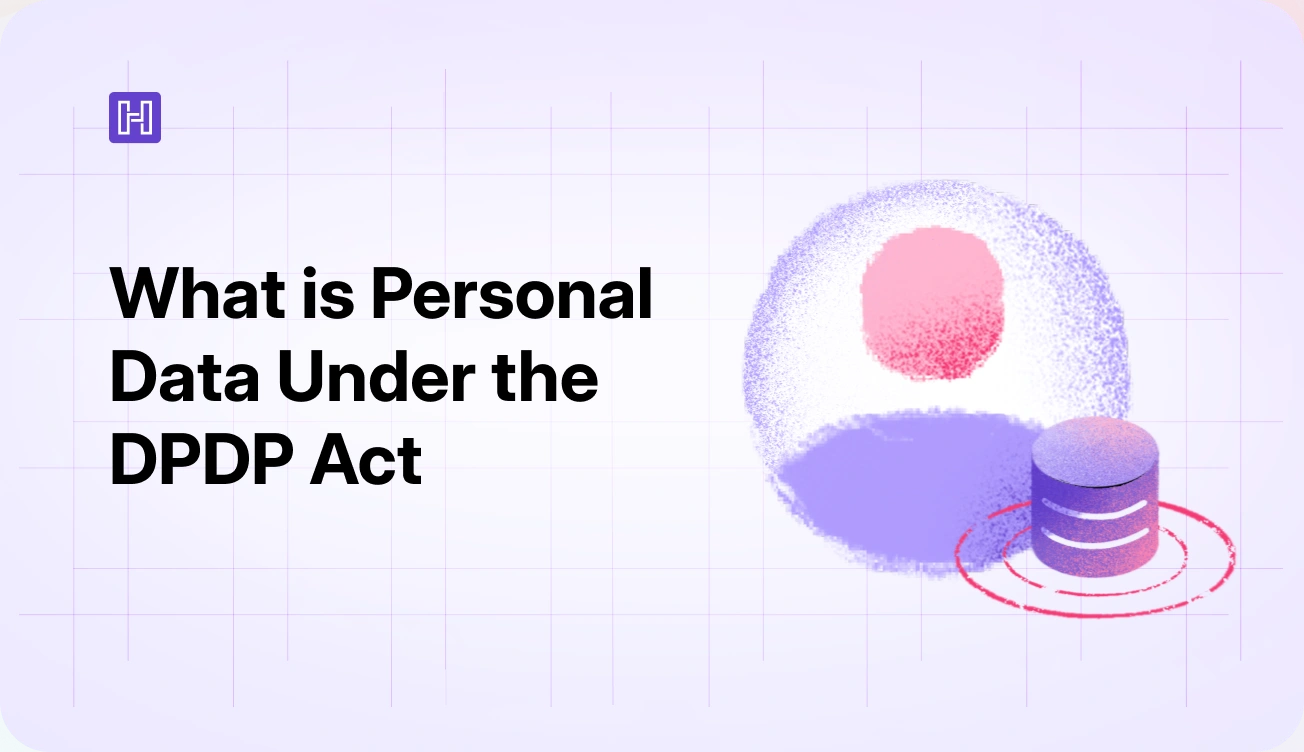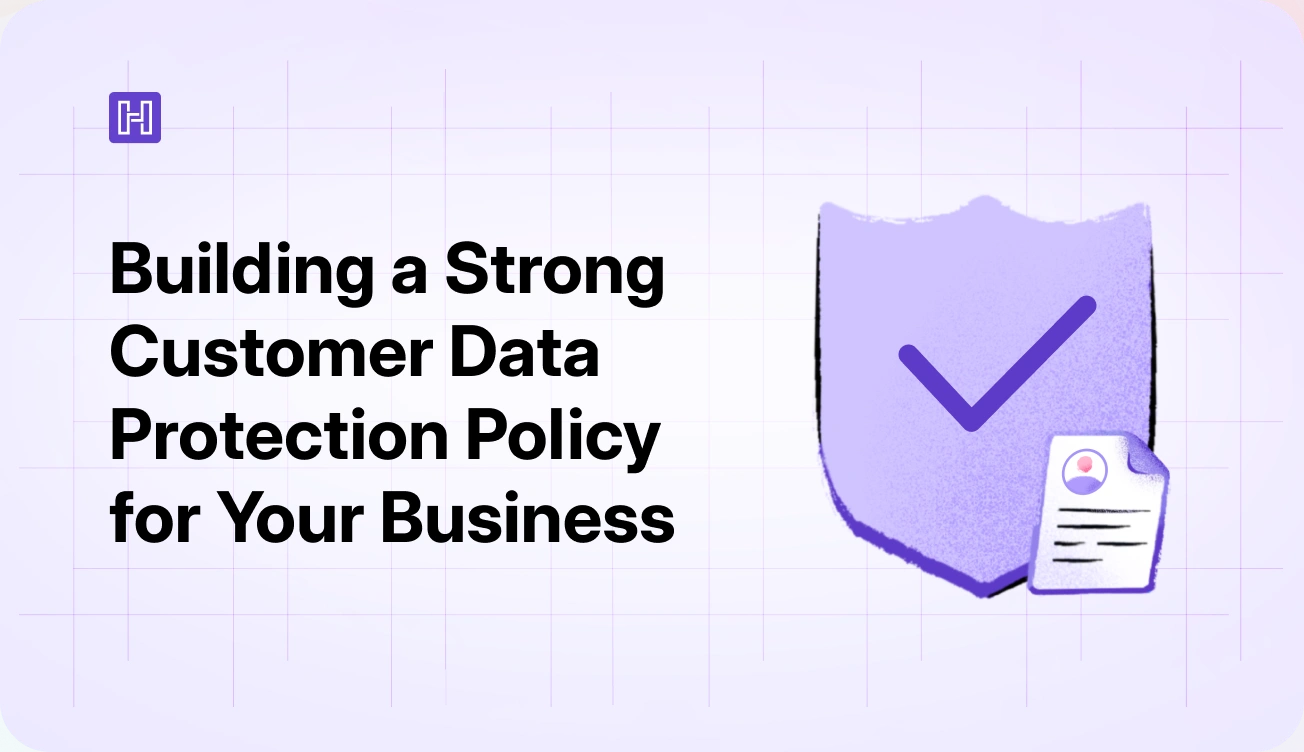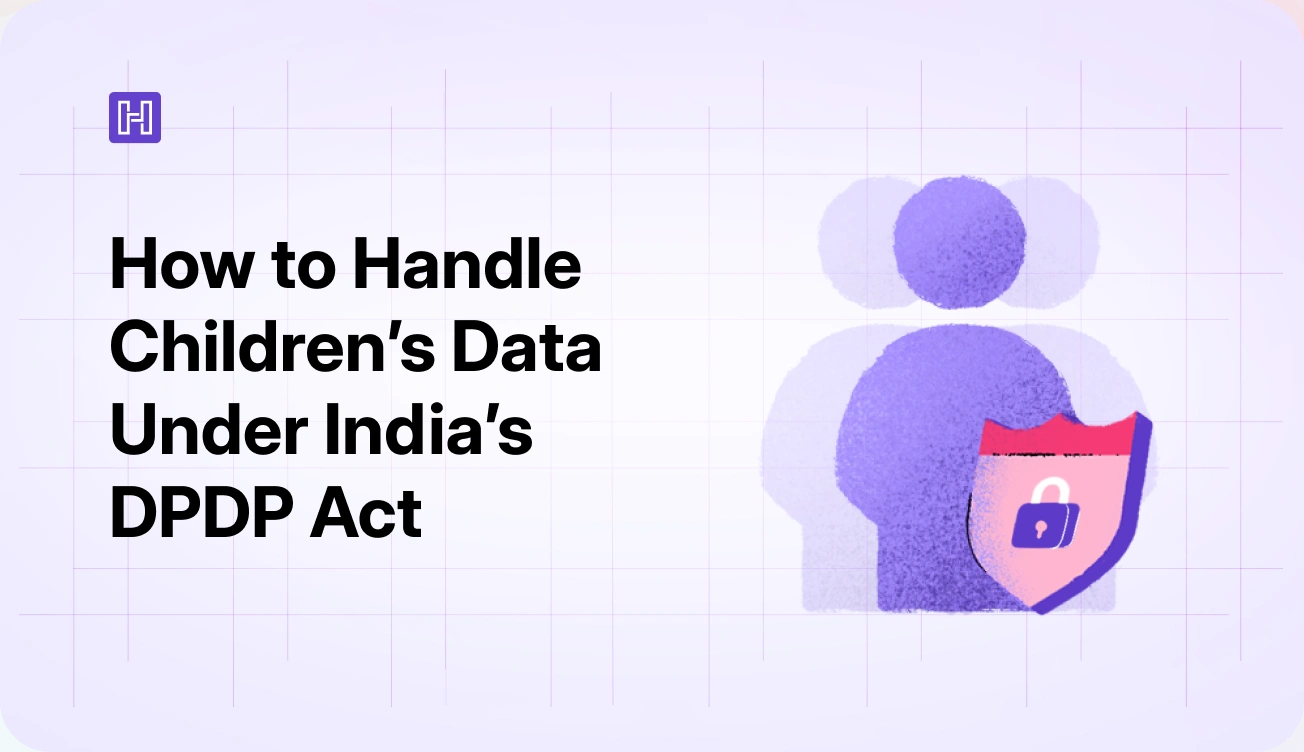Data powers almost everything online. From signing up for a newsletter to making a purchase, every action leaves a digital trace. By 2028, global data creation is expected to exceed 394 zettabytes, fueling everything from targeted ads to AI-driven recommendations.
However, as data expands, so do privacy risks. Who has access to your information? How is it being used?
These questions matter more than ever as data collection continues to expand. The Digital Personal Data Protection (DPDP) Act is the central government’s answer to these concerns.
The DPDP Act, along with the Draft Digital Personal Data Protection Rules released on January 3, 2025, sets the foundation for how personal data must be handled. After 16 months of consultations, these rules aim to balance individual rights, corporate responsibilities, and national security. The shift means companies will need to rethink their data practices to comply and ensure their long-term viability.
But before exploring its full impact, it’s essential to understand what qualifies as “personal data” under the law. In this article, we’ll get a clear understanding of personal data under the DPDP Act, covering sensitive data, privacy safeguards, and compliance measures.
What exactly counts as personal data under the DPDP Act?
Under the DPDP Act, personal data refers to any information that can identify an individual. In simple terms, if data can point to you directly or indirectly, it’s considered personal. This includes not only your name and contact details but also things like your location or your preferences online.
Different organizations collect the personal data of their clients or users, claiming they do it to provide better services, improve user experience, or market their goods or services more effectively to each particular consumer. But, regardless of the intent, the fact remains that this data is still yours, and under the DPDP Act, it needs to be protected.
Typically, personal data consists of:
- Your first and last name
- Personal identification numbers, including Aadhar number, passport number, driver’s license number, taxpayer ID, patient ID, and financial or credit card numbers
- Home address
- IP addresses, browsing history, or search patterns
- Phone numbers
- Social media handles
- Photographs, particularly facial features or distinguishing traits, fingerprints, x-rays, or biometric data such as retina scans, voice signatures, or facial geometry
- Vehicle registration, title number, and related property details
- Persistent static identifiers like MAC addresses or other device-specific IDs
- Other identifiable data (including linked data such as date and place of birth, race, religion, weight, activities, location history, employment, medical, education, and financial details)
So, is personal data the same as personally identifiable information (PII)? While they sound similar, they’re not exactly the same.
PII is a specific type of personal data. It includes information that can directly or indirectly identify an individual, either on its own or when combined with other data. The term “PII” is more commonly used in the United States, especially in legal, security, and privacy discussions.
Different types of personal data
Not all personal data carries the same level of risk. Some details need strict protection, while others pose fewer privacy threats. The DPDP Act separates personal data into two main categories: sensitive personal data and non-sensitive personal data.
Sensitive personal data: What needs extra protection?
Sensitive personal data is the most vulnerable because its misuse can have significant negative effects on individuals. This type of data can expose a person to serious risks, such as identity theft, discrimination, or even physical harm.
A real-world example of sensitive data misuse occurred in 2017 with the Equifax data breach. Hackers gained access to the sensitive personal information of over 147 million individuals, including 15.2 million British citizens and approximately 19,000 Canadian citizens. The stolen data included social security numbers, birth dates, and addresses, and left many vulnerable to identity theft and financial fraud.
Under the DPDP Act, sensitive data includes things like:
- Financial information (bank details, credit card numbers)
- Biometric and genetic data (fingerprints, DNA profiles)
- Health records (medical history, prescriptions)
- Official identifiers (Aadhaar, passport, or tax numbers)
These types of data demand stricter safeguards to prevent misuse and unauthorized access. The law specifically requires organizations to take extra measures to protect sensitive data, ensuring that it is only collected, stored, or shared with proper consent and security in place.
For instance, health records or genetic data must be protected with high-level encryption, making it harder for unauthorized individuals to access or misuse it.
Non-sensitive personal data: Does it still need protection?
While sensitive data requires heightened protection, non-sensitive personal data still needs attention. Non-sensitive data can include names, phone numbers, email addresses, and general preferences.
A phone number or email may not seem critical, but when linked with search history or shopping habits, it builds a digital profile. Advertisers, social platforms, and even cybercriminals can use such data to track behaviour or launch phishing attacks.
Who owns your data? Understanding your rights and who’s responsible
When it comes to your personal data, understanding who holds control and who is accountable is essential. The DPDP regulations now require transparent consent processes, guaranteeing individuals the right to access, correct, or delete their personal data.
The regulation outlines two key roles, including the data principal and the data fiduciary. Let’s explore it in detail to understand your rights and the responsibilities of those who handle your data.
What is a data principal, and what rights do they have?
As a data principal, you are the person whose data is being collected, stored, or processed. In simple terms, you are the owner of your personal information.
The DPDP Act gives you significant rights over your data, such as:
- Right to be informed: You have the right to know what personal data is being collected, why it’s collected, and with whom it’s shared
- Right to access: You can request access to the personal data being processed by an organization
- Right to correct or delete: If your data is inaccurate or no longer needed, you can ask for corrections or deletion, under certain conditions
- Right to object: You can object to the processing of your personal data, in specific situations
- Right to data portability: In some cases, you can transfer your personal data to another organization
- Right to file complaints: If you feel your data has been mishandled, you can file a complaint with the Data Protection Board (DPB)
These rights give you control over your personal information and how it is used. But your rights don’t stop there. You also have the ability to withdraw consent and ask for an organization to stop using your data.
What is a data fiduciary, and what are their responsibilities?
A data fiduciary is any organization or entity that collects, processes, or stores your personal data. They are responsible for safeguarding your information and ensuring it’s handled with care.
Their key duties include:
- Security obligations: They must take necessary precautions to prevent unauthorized access or misuse of your data
- Transparency: Data fiduciaries need to inform you about how and why they are collecting your data
- Accountability: They must comply with the rules set by data protection laws, including the DPDP Act. If they fail to do so, they can face penalties
- Consent management: A data fiduciary must manage your consent appropriately and can only use your data for the purposes you agree to
Essentially, a data fiduciary is legally bound to treat your personal data with respect and in a way that upholds your rights as a data principal. If they don’t, they can be held accountable under the DPDP Act.
Here’s a quick comparison of data principal vs data fiduciary under the DPDPA:

Read More: Data Controller vs. Data Processor: Roles, Responsibilities, and Examples Under DPDPA
When and how can companies use your personal data?
Personal data fuels online transactions, digital services, and targeted experiences. But companies can’t use it however they want. There are clear rules in place, especially under the DPDP Act, about when and how they can use your information.
The principle of lawful processing means that companies must have a valid, legitimate reason for collecting and using your data. They can only proceed if they:
- Have a clear and specific purpose for collecting your data
- Inform you about how your data will be used
- Obtain your consent, unless there’s a legal exception
For instance, they may need your data to complete a service you’ve requested or meet a legal obligation. If they use your data in any way that falls outside these boundaries, it is considered unlawful. In such cases, businesses face penalties for mishandling personal data.
Typically, companies must ask for your permission before using your data for marketing, or for sharing it with third parties. You hold the power to decide how and when your data is used. And if you ever change your mind, withdrawing consent is just as easy. Companies are legally bound to respect that decision.
However, there are exceptions to this consent rule. In certain situations, companies can use your data without needing your explicit permission. For example, if there is a legal requirement that mandates the use of your data, they don’t have to ask.
Similarly, if your data is necessary to fulfil a contract or ensure public safety, they can use it without prior consent. Even in these cases, though, companies must still handle your data with respect and protect your rights.
How can businesses keep data safe?
Data privacy and data protection are more important than ever. A recent report from Salesforce revealed that 79% of customers are increasingly protective of their data. If that’s not enough of a reason, a single data breach can attract penalties of up to INR 250 crores under the DPDP Act.
With personal information in their hands, businesses must take serious measures to keep it safe.
Here are the key security measures businesses must follow:
- Encryption: Personal data must be encrypted both when it is stored and transmitted
- Access control: Only authorized individuals should have access to sensitive data
- Regular audits: Companies must conduct regular security audits to identify and fix vulnerabilities
- Secure data transfers: When transferring data to other parties, businesses must ensure equivalent security measures are in place
- Data minimization: Only necessary personal data should be collected and stored
- Data retention limits: Personal data should not be kept longer than necessary for its intended purpose
But even with the best security measures, breaches can still happen. If a data breach occurs, companies must act quickly. They must inform you about the breach and its potential impact. The law requires them to notify the Data Protection Board (DPB) within a specific time frame, usually within 72 hours.
Beyond notifying the DPB, businesses must take immediate action to fix the breach and prevent future incidents. Any delays or attempts to conceal the breach can make matters worse.
What this means?
The DPDP Act has transformed the way companies handle personal data. It establishes clear guidelines for user rights, corporate responsibilities, and penalties for non-compliance.
For users, this means better control over their data and the ability to make informed decisions about its usage. For businesses, it highlgihts the importance of complying with data privacy regulations to avoid penalties and reputational damage.
Without proper systems in place, managing consent requests, data access, and regulatory reporting can quickly become a challenge. As a consent management platform, HyperTrust is designed to simplify compliance with the DPDP Act and other global data protection frameworks like GDPR and CCPA. It offers a reliable way for businesses to capture, manage, and revoke consent effortlessly.
Here’s how HyperTrust can help businesses stay ahead:
- End-to-end consent management: From capture to revoke, ensure seamless compliance with the DPDP Act
- Scalable technology: Built for businesses of all sizes, from SMEs to large-scale data fiduciaries
- Transparency & control: Empower data principals to control their consent decisions
- Audit-ready compliance: Generate compliance reports instantly, complete with detailed audit trails
- Scalable for every business: Trusted with over 1 billion successful verifications, growing with your needs
- AI-powered insights: Understand user consent patterns and optimize user engagement and compliance readiness
No matter your business’s size or needs, HyperTrust makes compliance accessible. Stay ahead of DPDP Act trends and streamline your consent management process. Book a demo now to get started!
Frequently asked questions
1. Is personal data sensitive under the DPDP Act?
Yes, under the DPDP Act, certain types of personal data are classified as “sensitive” and require extra protection. Sensitive personal data includes health records, financial data, racial or ethnic background, and biometric data. Companies must take additional security measures to protect this sensitive information and ensure that it is used responsibly, only for the purpose it was collected.
2. What is an example of PII data?
PII data means any data that can identify an individual. Examples include name, phone number, email address, Aadhaar number, financial details, and biometric data. Businesses must handle this data responsibly and obtain proper consent before processing it under the DPDP Act.
3. What are the rights of individuals regarding their personal data?
Individuals (also known as data principals) have several rights regarding their personal data. They may request access to their data, correct inaccuracies, and request deletion under specific conditions. They also have the right to manage consent, allowing them to give, refuse, or revoke permission at any time. If their rights are violated, they can file complaints through grievance redressal mechanisms.





